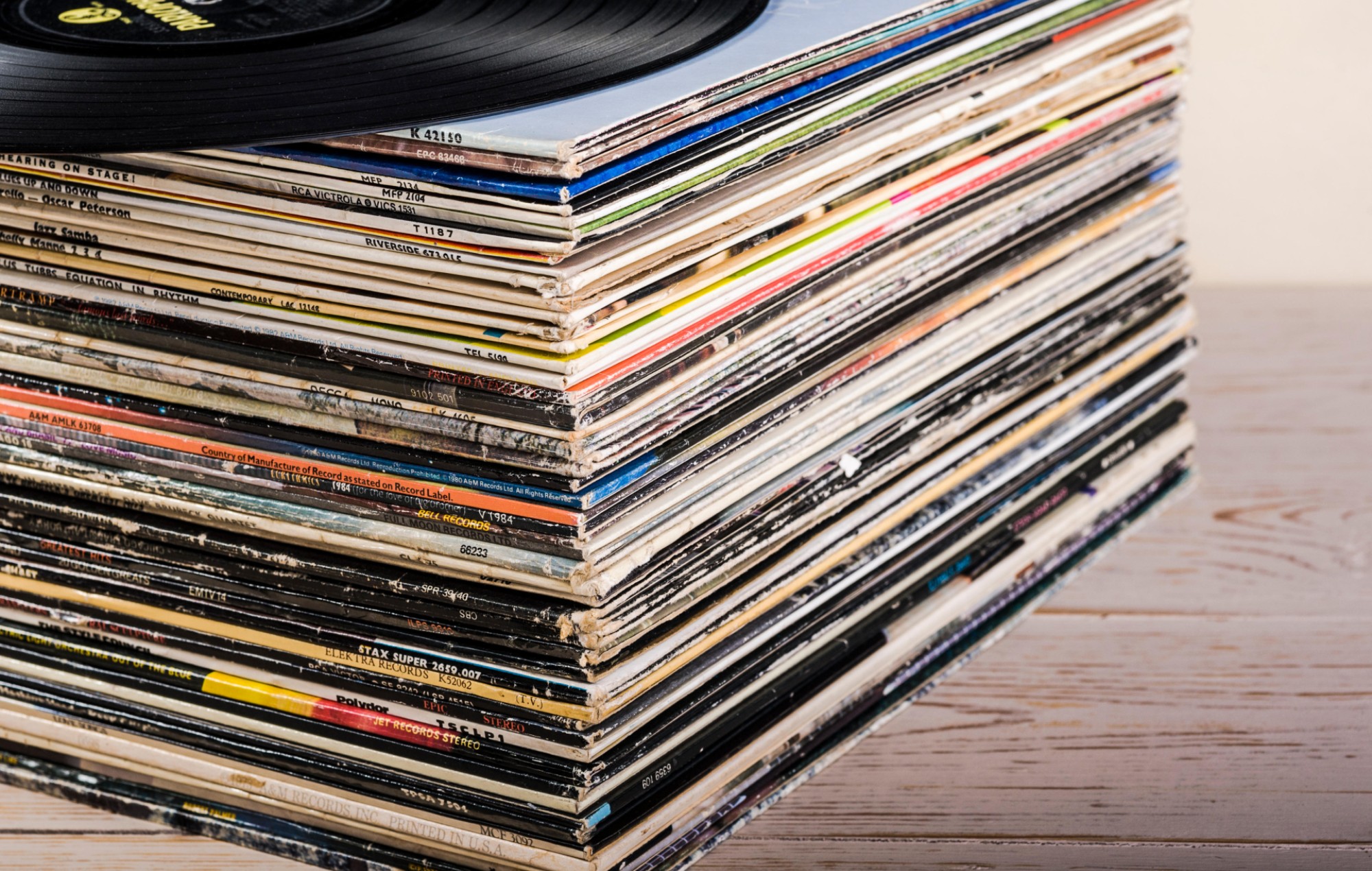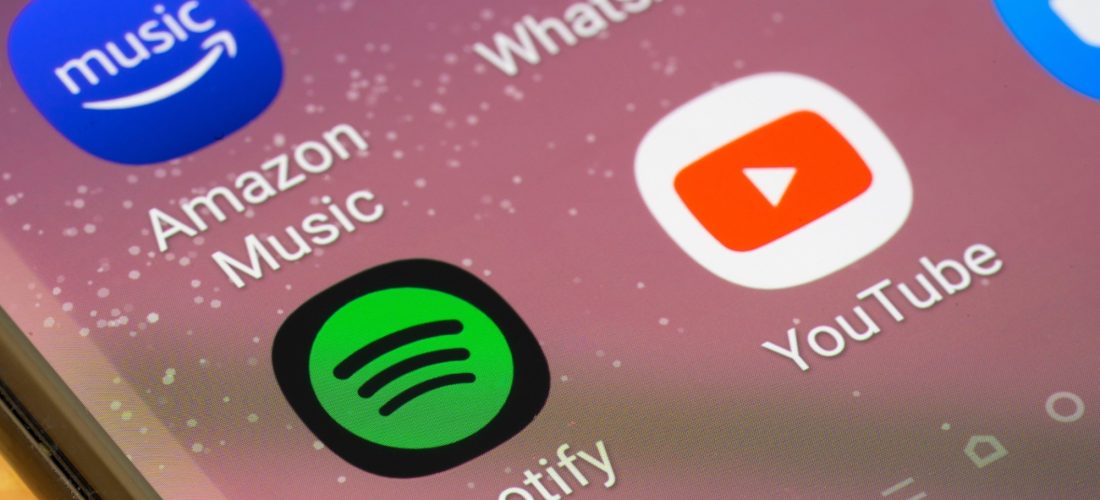Music industry makes $26bn but wants streaming prices to rise
Global music revenues rose to $26.6bn (£21.7bn) last year, the highest level since records began in the 1990s.
It marks the music industry’s eighth year of consecutive growth. This was driven largely by streaming, which now brings in two-thirds of the industry’s earnings. The number of people paying for a subscription to a streaming service has increased from 523 million to 589 million since 2021, according to the trade body IFPI.
In addition, sales of physical formats rose by 4%, generating $4.6bn (£3.7bn) in revenues.
Almost half of that figure (49.8%) came from Asia, where buying CDs and vinyl as souvenirs is a staple of the “idol” culture of Japan and South Korea.
Performance royalties also rose by 8.6% to $2.5bn (£2.04bn), surpassing pre-pandemic levels.
However, record labels are pushing for prices to rise to increase the industry’s income from streaming services. Spotify, for example, hasn’t raised the price of its premium subscription since it launched back in 2009 – subscribers have only ever paid £9.99 a month.
“It would help if music subscription pricing could reflect the realities of inflation,” said Simon Robson, president of international markets for Warner Music.
Warner Music CEO Robert Kyncl recently suggested that the US rate should rise to $13.25 (£10.83), based on the 2011 US launch price of $9.99, adjusted for inflation, arguing that music is “undervalued”.

“This is not my opinion – there are actually numbers to back it up,” he told Music Week. “If you take the US, the price that the user pays per hour of consumption of music is half of what they pay for movies and TV shows on streaming services. So right there, it’s 50% undervalued today.”
Meanwhile, when asked whether labels were actively pursuing price rises, Universal Music executive Adam Granite said it “wouldn’t be appropriate to discuss any of our commercial partnerships specifically”.
In the meantime, labels have turned to monetising “other forms of music consumption”, particularly through licensing songs to video games, fitness companies and more.
Despite this, according to Spotify’s own figures, the total number of self-releasing artists who earned over $10,000 in royalties (£8,114) actually fell year-on-year. By contrast, the total number of artists (both on labels and self-releasing) who annually generated more than $10,000 on Spotify grew last year.
